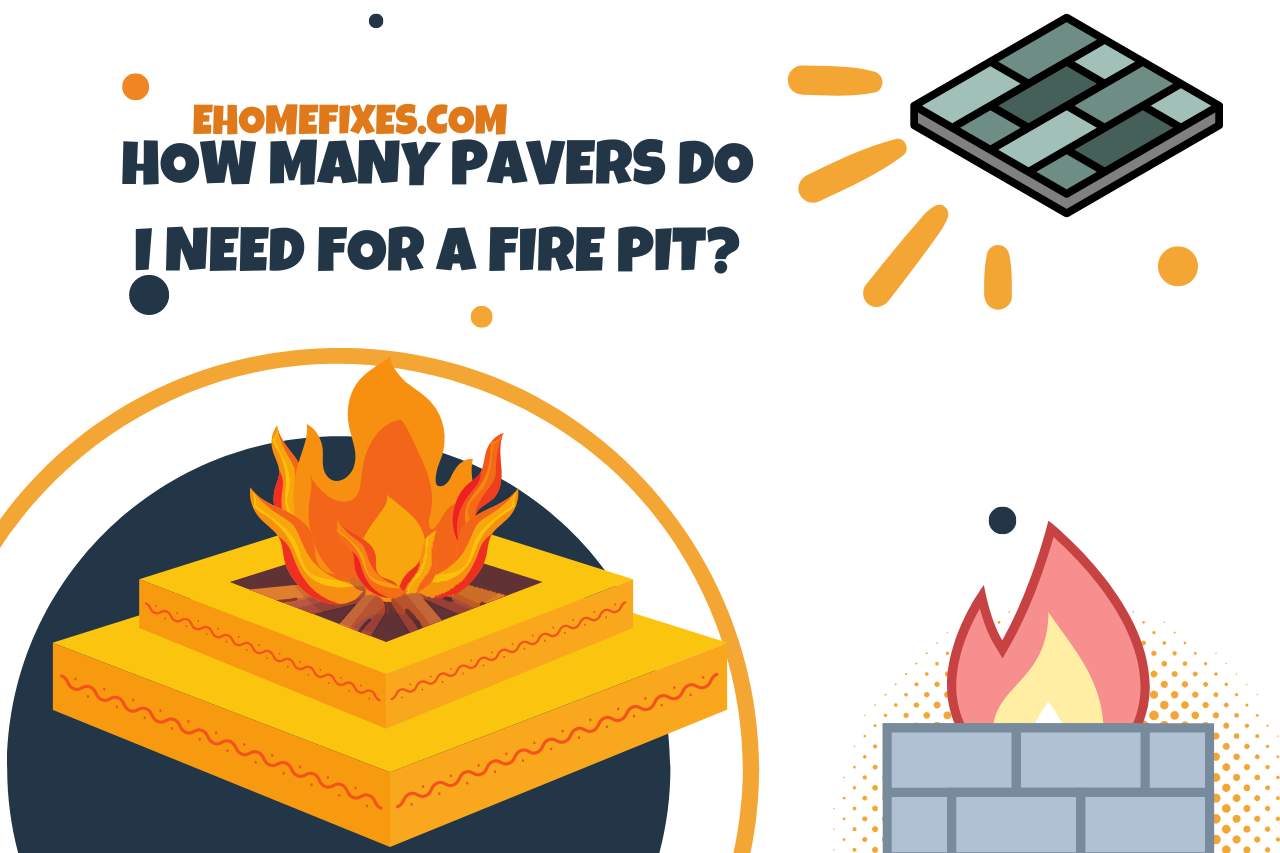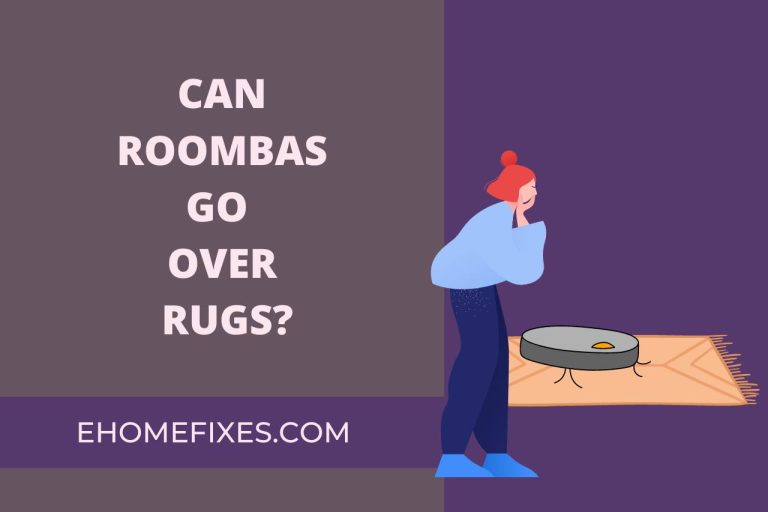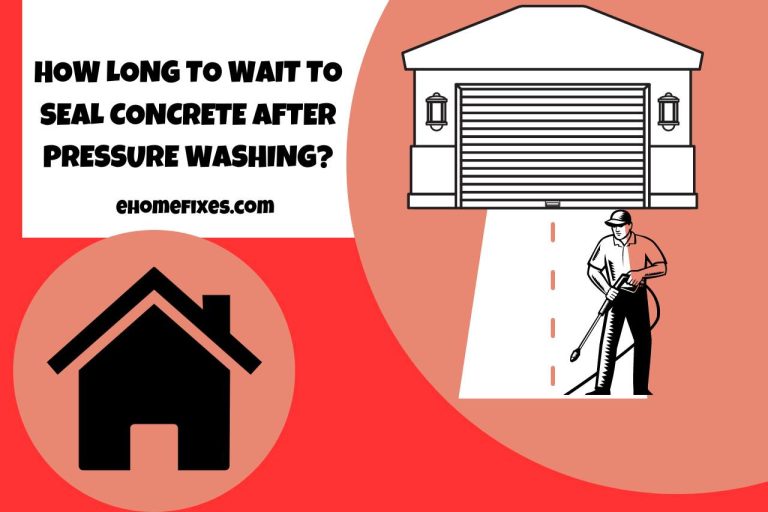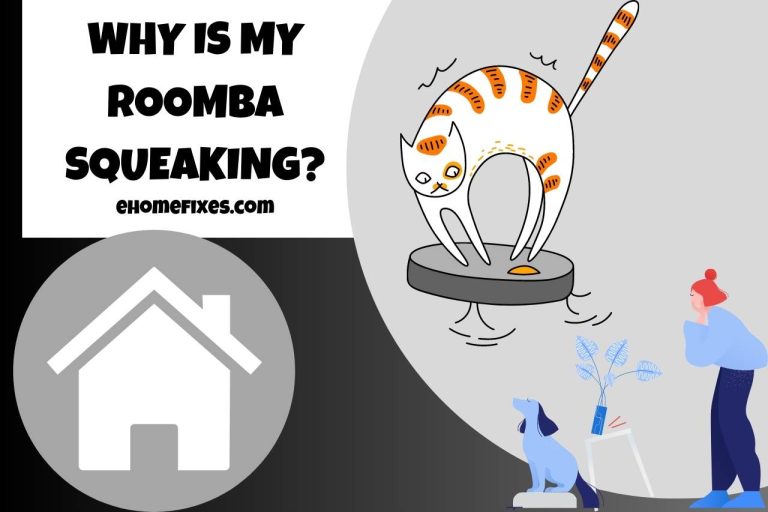How Many Pavers Do I Need for a Fire Pit? Paver Calculator!
An outdoor heating device known as a fire pit is made to contain a fire while also producing light and heat. It usually has the form of a shallow hole or bowl made of stone, metal, or another fire-resistant material and is intended to be set down on the ground or on a stand. The pit is usually filled with wood or other flammable items, which are then lit on fire to create a fire. Outdoor living areas like patios, decks, and gardens frequently have fire pits, which can be used for cooking and create warmth and ambiance.
The size and design of the fire pit you’re constructing will determine how many pavers you’ll need. The base and walls of the fire pit will often require adequate pavers. More information regarding fire pit designs will be covered in this article, along with an explanation of how the design choice affects the necessary number of pavers.
What Type of Fire Pit Design are you Planning?
Fire pit designs come in various forms, each with its qualities and specifications. There are several ways in which the sort of fire pit design you select can affect how many pavers are required.
A fire pit buried in the earth and lined with fire-resistant materials like bricks or concrete blocks is known as an in-ground fire pit. It takes fewer pavers to erect the pit’s sides and establish a seating area around it because it is buried in the earth.
A Fire Table surrounds the flame with a flat, table-like surface, giving the traditional fire pit design a contemporary twist. Various materials, such as metal, stone, or glass, can create fire tables. Fire tables might require fewer pavers to build a safe dining area around them because the flame is contained within the table.
Above-ground Fire Pits are usually constructed using fire-resistant materials like metal or bricks. Designs can range greatly, from straightforward round or square pits to more elaborate structures with seating or cooking areas.
An outdoor fireplace called a chiminea is made to be portable and simple to use. Smaller than many other fires pit designs, chimineas may not need as many pavers to surround them with seating. These structures often have a towering chimney and a round base for housing the fire.
What is a Good Size Fire Pit?
The size of a fire pit varies based on its shape, design, and use. 36 to 44 inches is a typical range for a fire pit’s interior diameter, allowing both a fire and a cozy seating area.
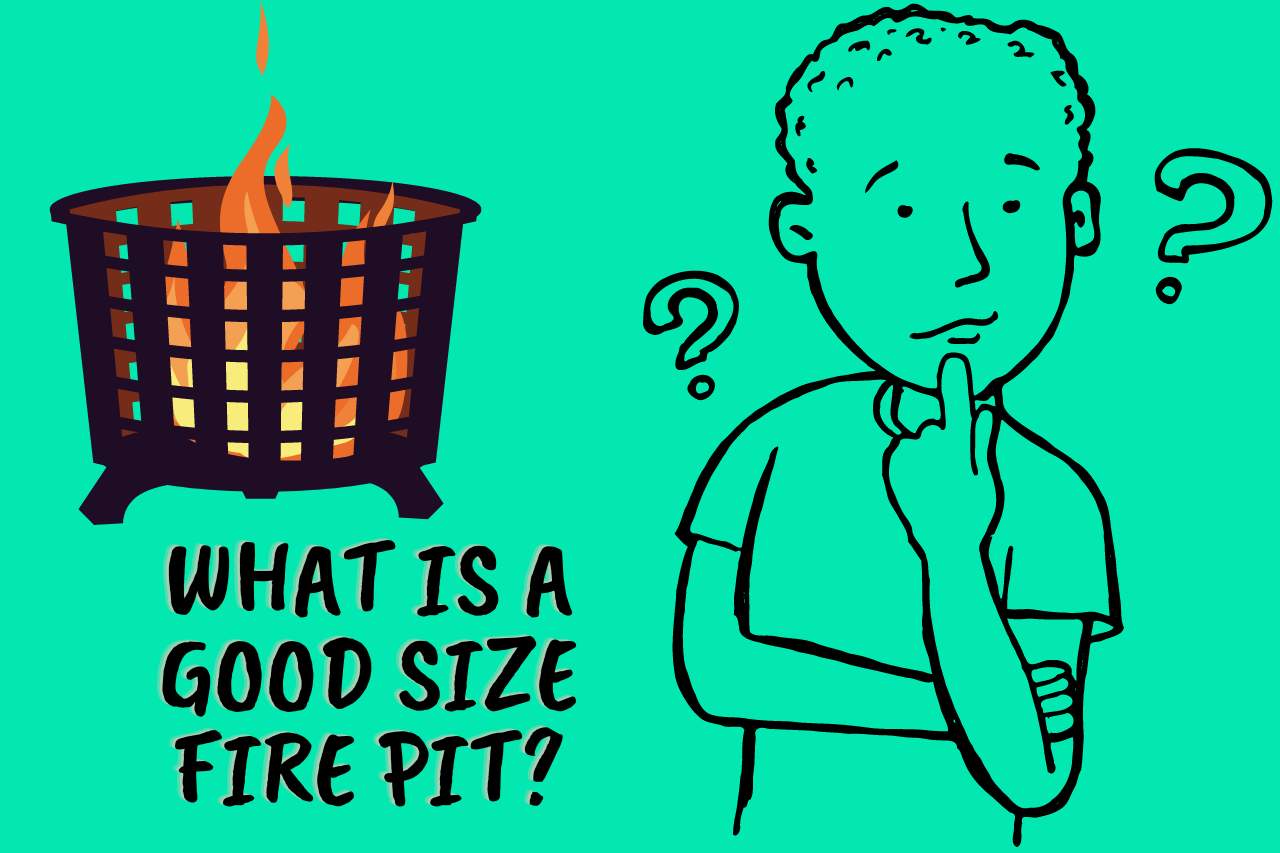
The height and wall thickness of the fire pit can also have an impact on the size and safety of the fire. While some fire pits can serve as seating or footrests, others require higher walls to hold larger fires.
How Do you Measure for Pavers for a Fire Pit?
- Your fire pit should be built on the patio or backyard, so you must first determine where it should go. It would help to construct your fire pit about 20 feet away from the main structure or any adjacent structures like pergolas or dog shelters.
- The second stage is calculating how much space your fire pit would take up overall. Your area, expressed in square footage, would result from multiplying the width by the length. By the size of the pavers you’ve selected, divide your response.
The number of fire pit rings is equal to your fire pit’s height divided by the height of each paver.
The total area of the fire pit divided by the quantity of fire pit rings equals the required number of pavers.
What is the Standard Size for a Paver Fire Pit?
A fire pit typically has an interior diameter between 36 and 44 inches, allowing for a fire and cozy seating space.
How Do you Calculate the Number of Pavers Needed for a Fire Pit?
The procedures below can be used to measure pavers for a fire pit.
- Calculate the fire pit’s size: If you want to build a circular fire pit with a 4-foot diameter, measure the diameter of the fire pit. Then, measure 4 feet from one side of the circle to the other.
- Calculate the fire pit’s circumference. A circle’s circumference is determined by multiplying its diameter by pi (π). In the case of the example mentioned above, the process would be 4 feet x 3.14 or 12.56 feet.
- Verify the pavers’ sizes before using them. For instance, you must perform some conversion to utilize 8 inches long and 4 inches-wide pavers. The size of the pavers is 0.67 feet by 0.33 feet when measured in feet (divided by 12 inches per foot).
- Subtract the width of the paver (0.33 feet) from the fire pit’s circumference (12.56 feet). It will tell you how many pavers you’ll need to build a single layer around the fire pit. In this case, 12.56 feet divided by 0.33 feet equals 38 pavers.
- If you wish to build a fire pit out of several layers of pavers, multiply the number of pavers required for a single layer by the number of layers you want. For instance, you would need three times as many pavers as those determined in Step 4 to construct a fire pit with three levels of pavers. As a result, 38 pavers multiplied by 3 would be 114 pavers.
Always order a few extra pavers for cutting and potential installation errors.
What Factors Impact the Cost of Pavers for a Fire Pit?
Several elements, such as the patio’s form, paver pattern, and installation location, will affect the overall cost of a paver patio. When we think about paver patios, we frequently picture brick; however, there are many patio materials to choose from. Pay attention to the fact that some paver materials are more expensive.
Labor: Anything that makes the task of a patio installer more difficult will increase the cost.
The pros will find the shape’s right angles to be simple. The experts would have to work considerably harder to install the pavers perfectly if you start putting curves and tight corners at them.
Placement: Are you interested in installing your patio on a site with uneven ground? A little land grading will first cost money.
Basic paver installation is used in the majority of paver patio designs. However, you should prepare for labor prices to increase if you want your pavers to imitate a unique pattern, such as a spiral or mosaic.
Purpose of Use: You’re putting your paver patio around a pool. You desire the weight of large trucks to be supported by your patio. Some material selections (as well as cost) will be influenced by how you intend to use your patio.
How Do you Choose the Right Pavers for a Fire Pit?
Fire pit pavers are fantastic for your property since they add a more aesthetically pleasing appearance, especially when placed in the middle of your patio or close to the pool. It’s unquestionably an additional method to use the great outdoors in the comfort of your own home. Here are some tips to choose the right pavers for a fire pit;
- Square Stone Fire Pit is a simple DIY project results in one of the most popular and straightforward fire pits. Just draw a circle around where you intend to build your fire pit as the only necessary step. Round store fire pits can also be constructed in hours with just a few basic tools and supplies.
- Half-wall made of stone with a fire pit. Fire pit pavers with a partial wall can match nearly every interior design! It employs the same technique to construct a standard round stone fire pit. If you want to add half walls, more stone blocks, strong adhesive, or cement are needed.
- Tree Fire Pit Made of Concrete Make a firepit-style tree ring out of concrete if you have one, or redesign your old one! Place two to three rings on top of one another, and then add a second circular concrete ring within for the fire. Then, to make it seem fancy, fill in the gaps between the outer and inner circles with stones.
- A fire pit made from an old washing machine drum utilizing the drum from an old broken-down washer will transform it into a fantastic fire pit. You get the advantage of being affordable with this plan. Furthermore, having complete artistic freedom to paint the drum encourages.
Notes of Importance
Here are a few guidelines you should remember to protect your fire pit:
- Use your fire pit outdoors only when there is adequate air circulation. Avoid placing fire pits next to trees, hanging plants, or anything else that could easily catch fire.
- The use of plastic, gasoline, alcohol, or other flammable substances should never be used because they can damage your pit.
- In case of a fire emergency, always keep water or a fire extinguisher nearby.
- When not in use, cover the pit with something.
- Never let your fire burn unattended.
Fire pit prices might vary depending on their size, material, and shape, so they have no standard price. Here, only your imagination may go. Furthermore, with the correct amount of effort, time, and resources, the majority of fire pits may easily be built by one person.
Watch this one,
Video Credits – Stanley “Dirt Monkey” Genadek
You May Also Like
- Can you Put a Fire Pit on Pavers? Discover the Truth!
- Can you Paint Concrete Pavers? (Quick & Easy)
- Pea Gravel vs Crushed Stone: Which Is Best for Your Project?

